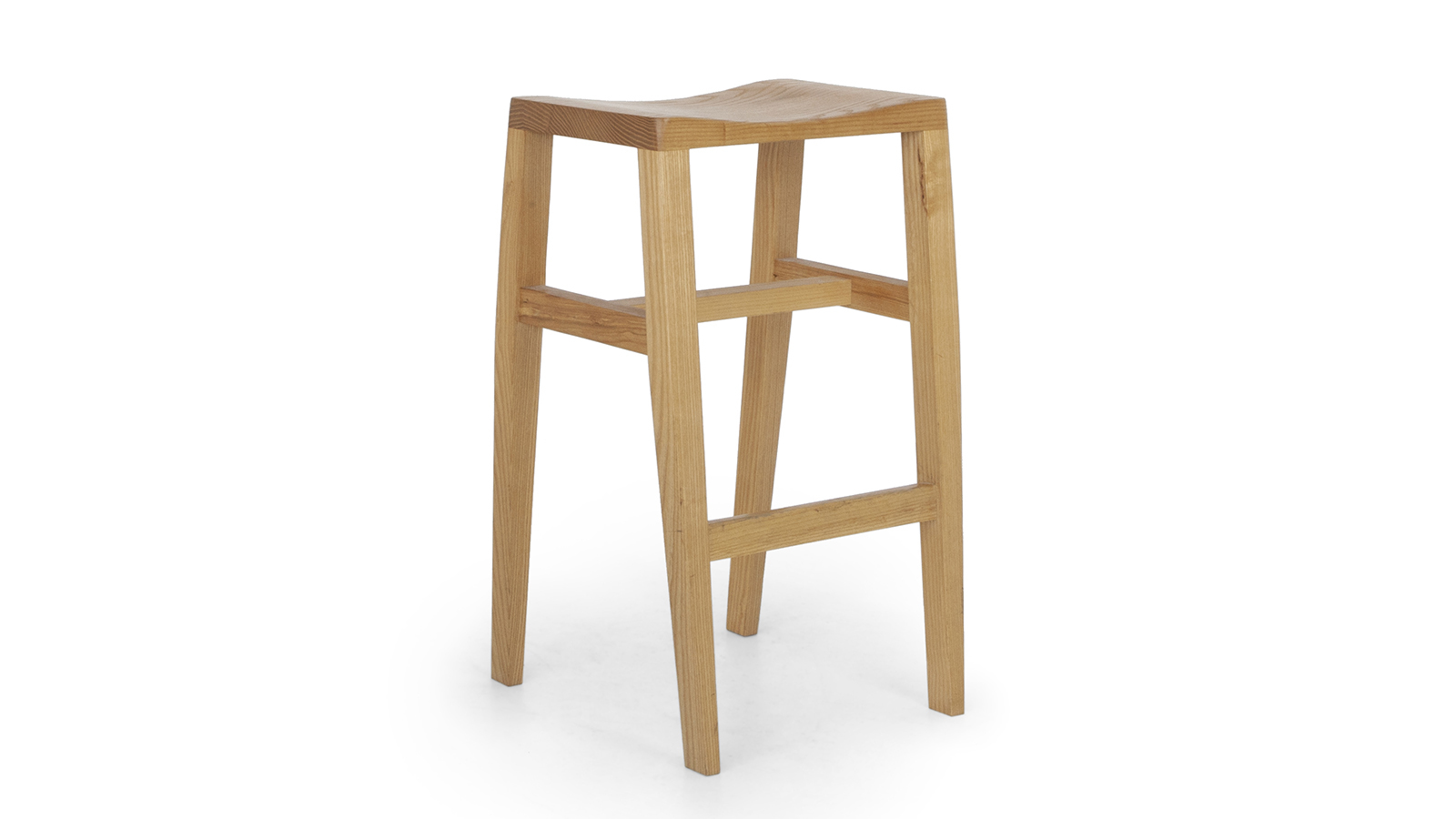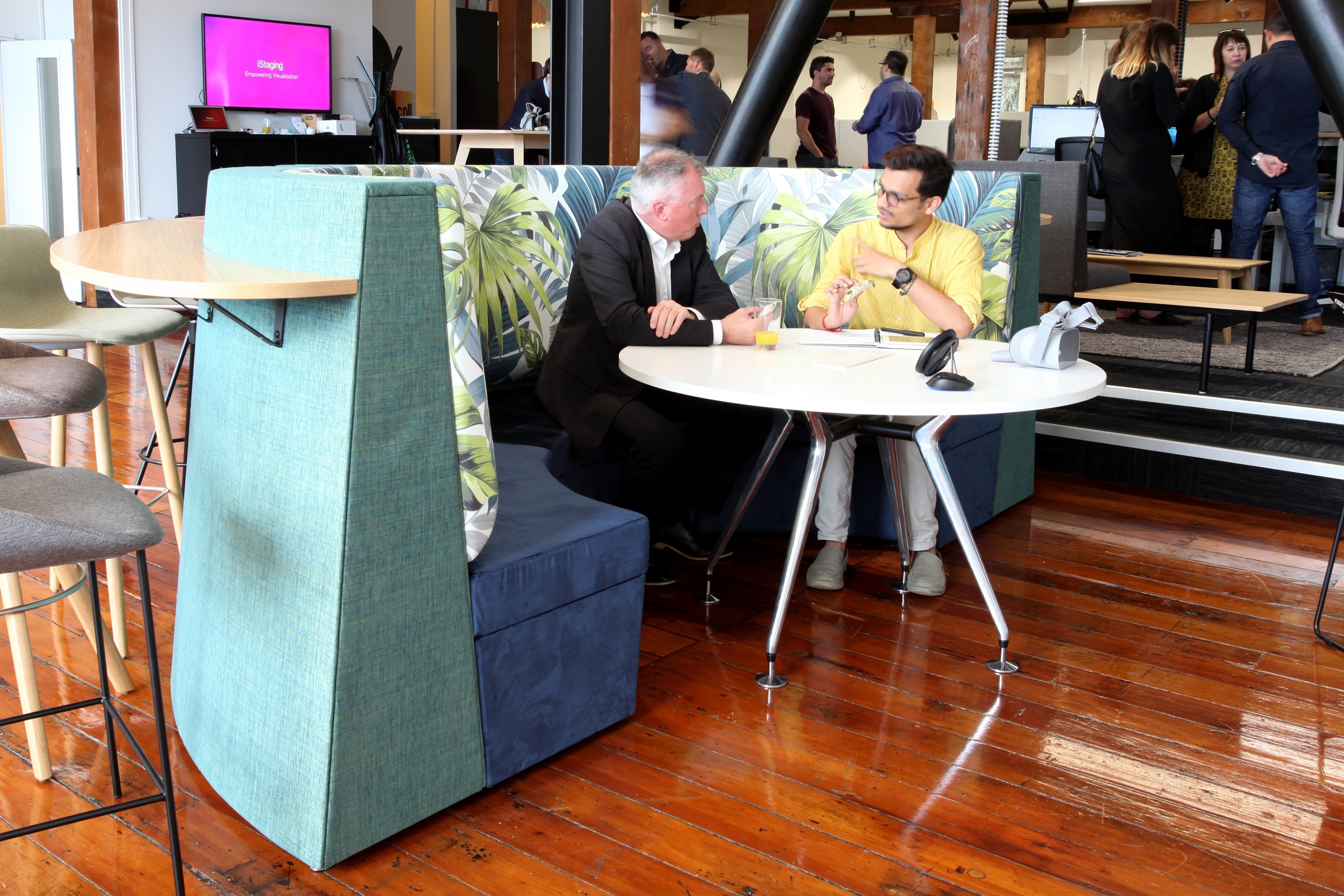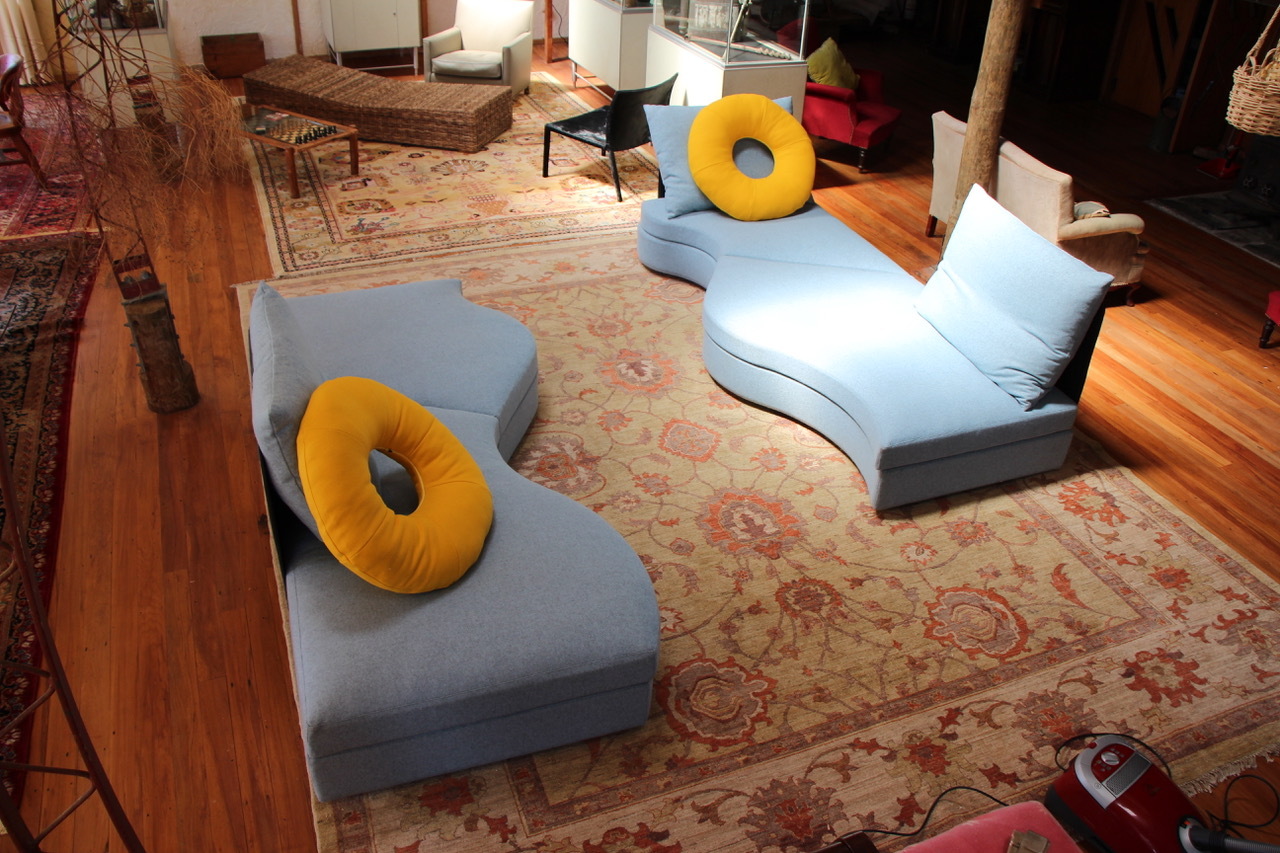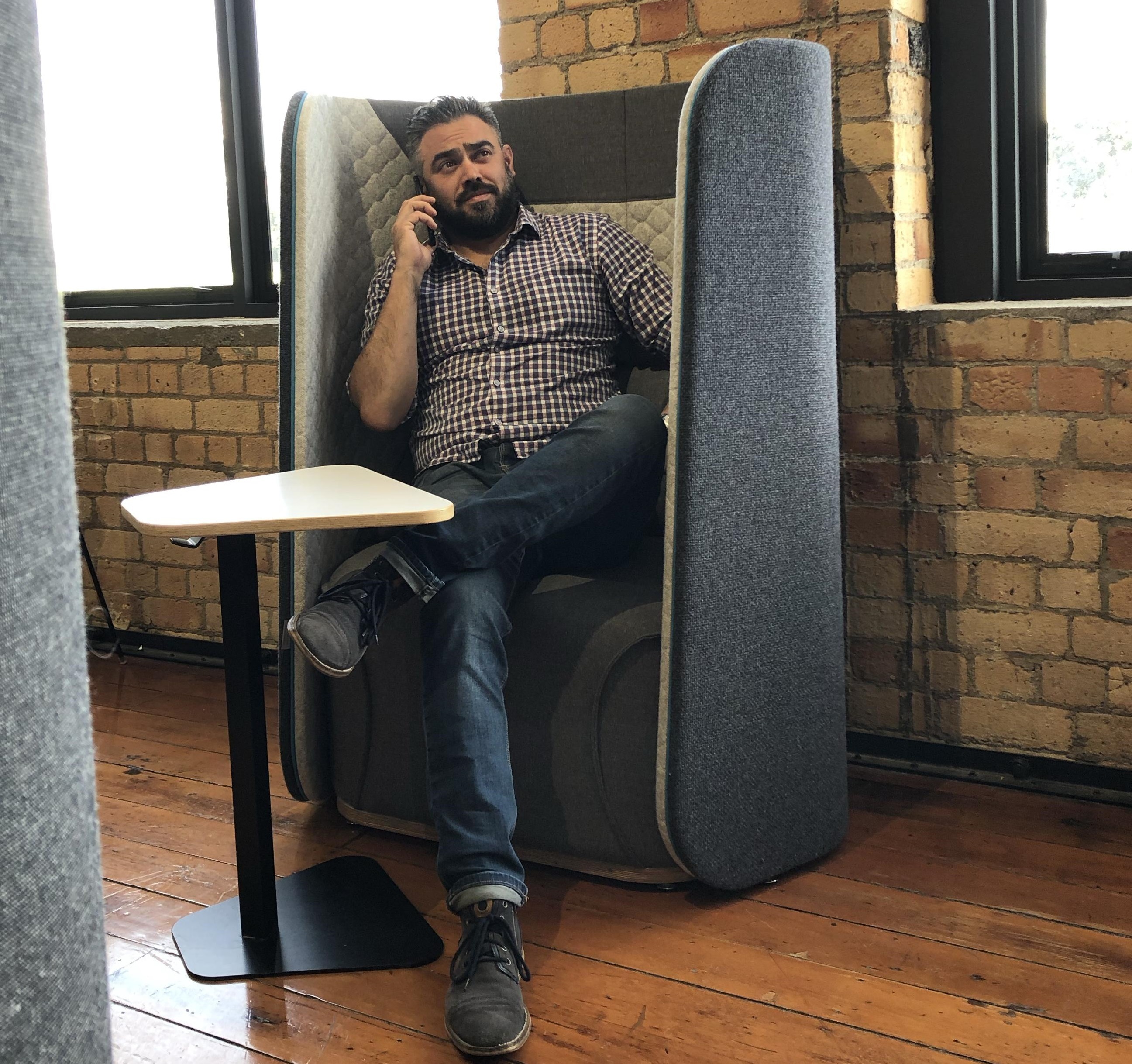Designing or choosing furniture for an interior should be a forethought, not an afterthought. Where will the pieces sit in the space, what light is available, natural and artificial? Are there drafts, what will be the natural traffic flow through the space – or what will the desired flow look like?
If the piece is designed for task focus, where is the optimum position for it for maximum separation from the rest of the team? If for collaboration, how does it need to interact with the team?
Placing a seating unit that has acoustic properties with an acoustic lighting solution above, for example, can only help enhance the overall effect of the noise reduction that is required.
For an interior that aims for the Nature of Space, considered placement of larger pieces will only help enhance those aspects such as mystery or refuge.
The Hush light is the perfect biophilic and acoustic accompaniement to a biophilic seating arrangement



